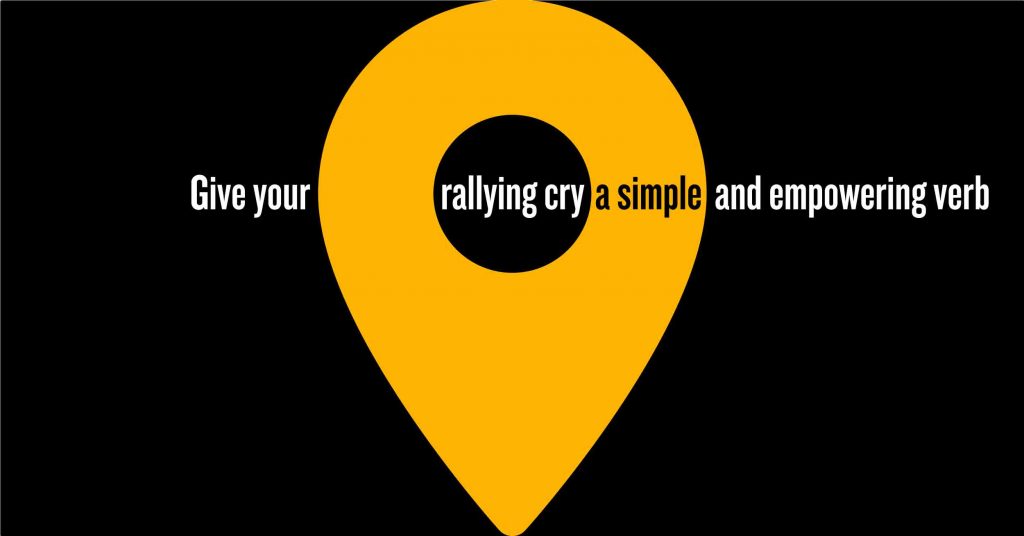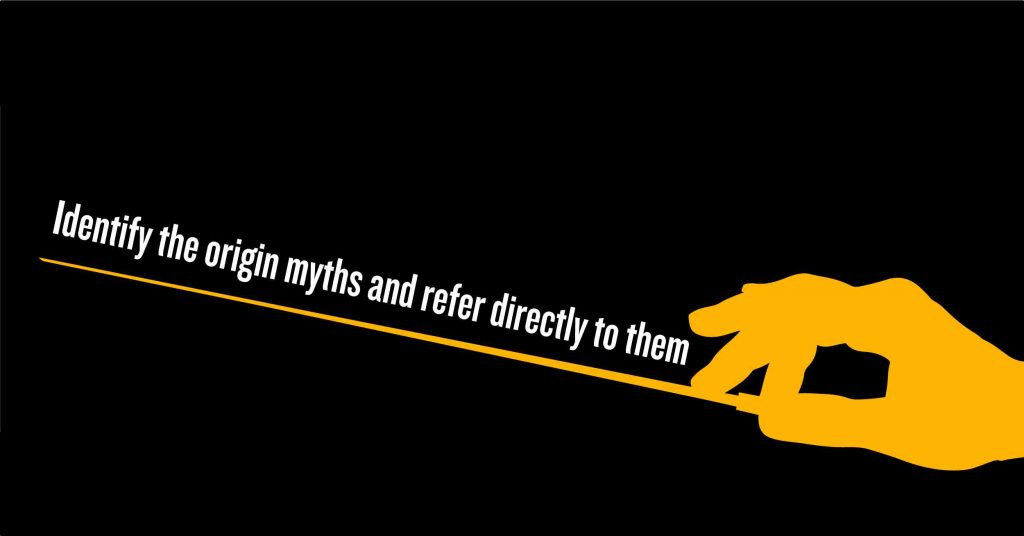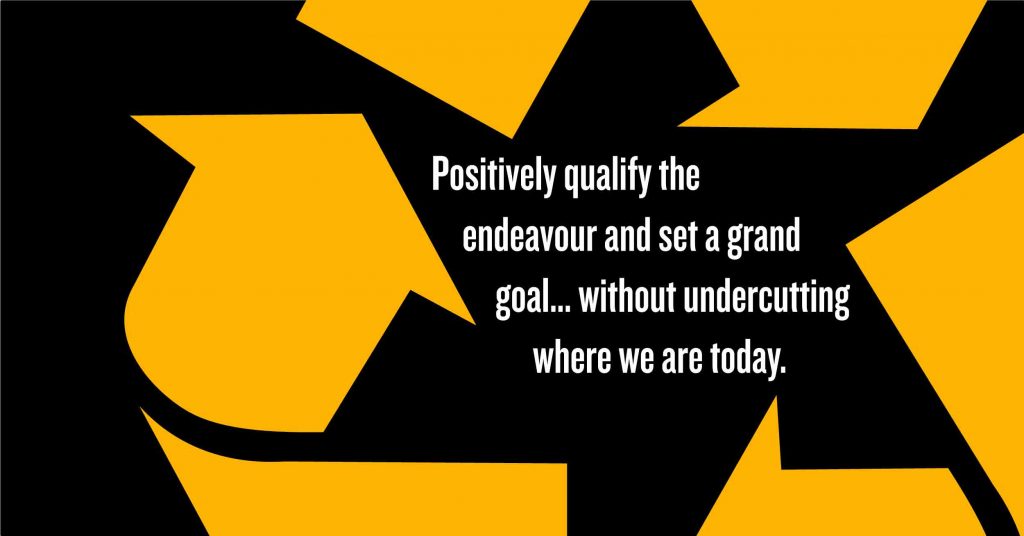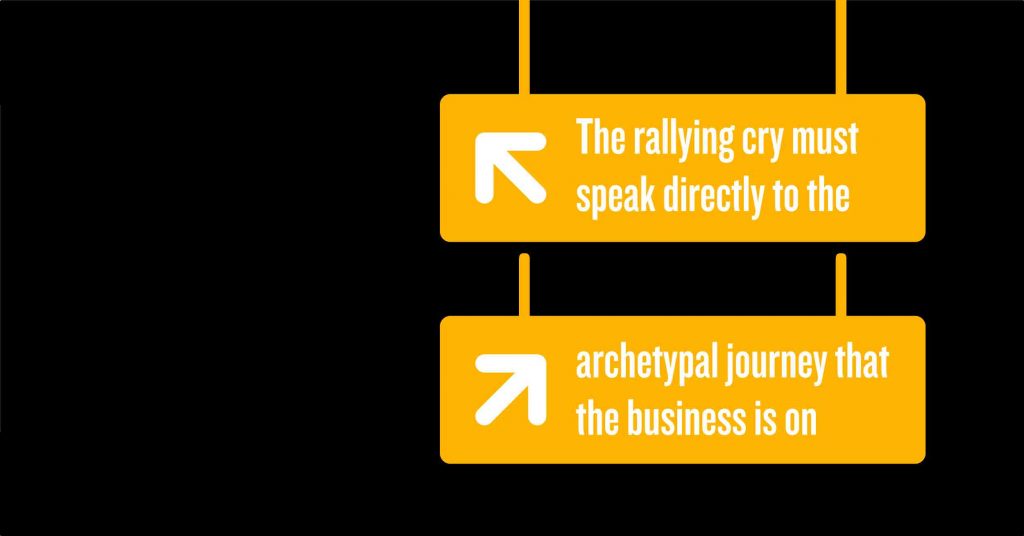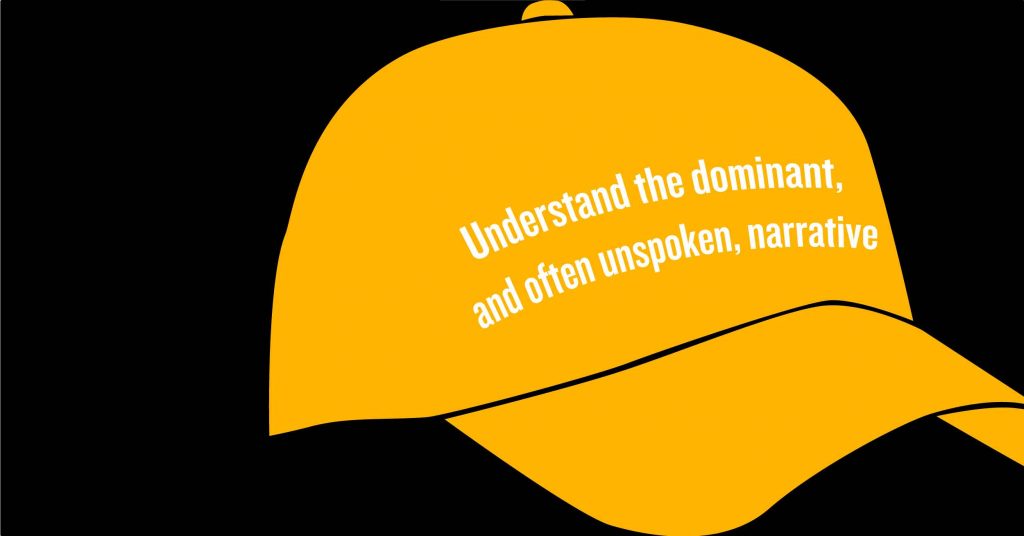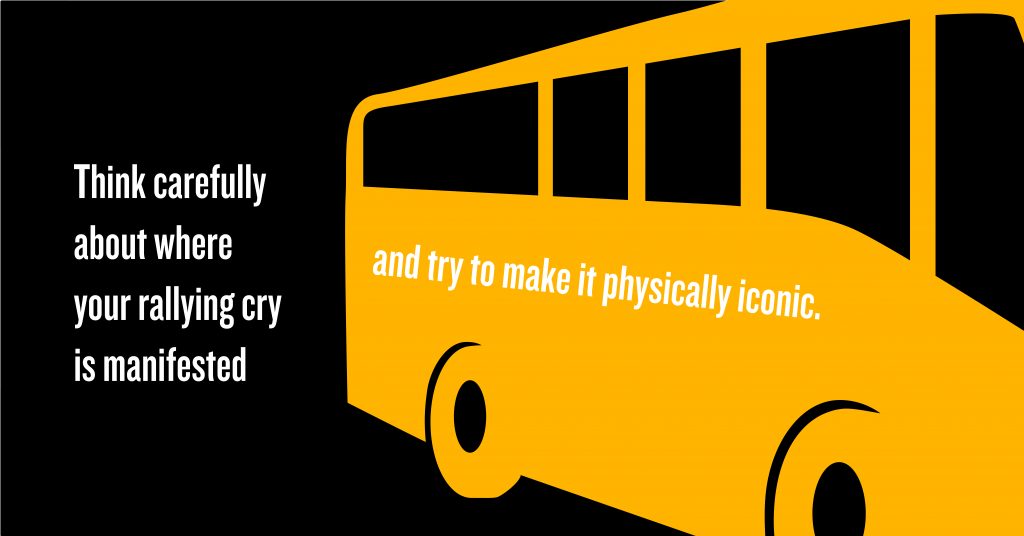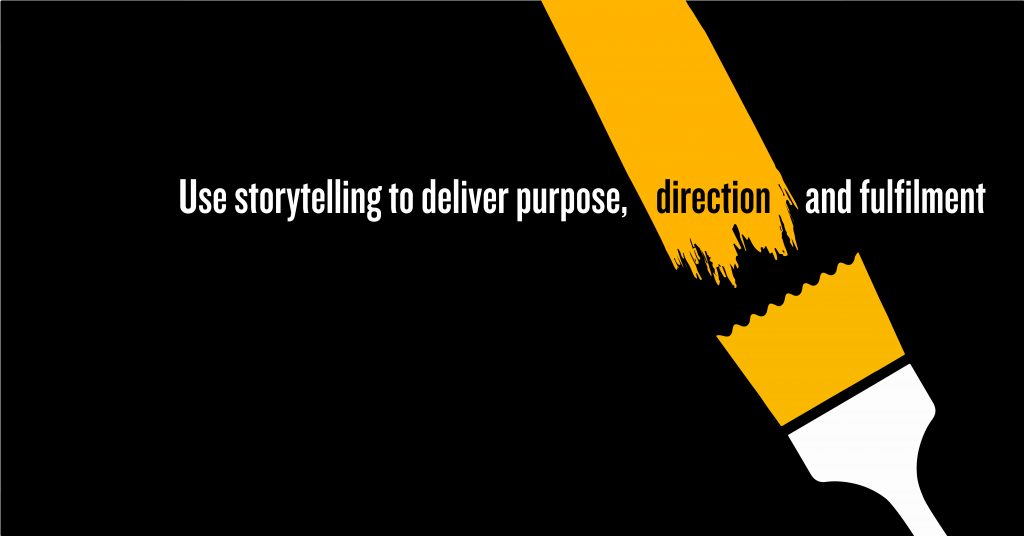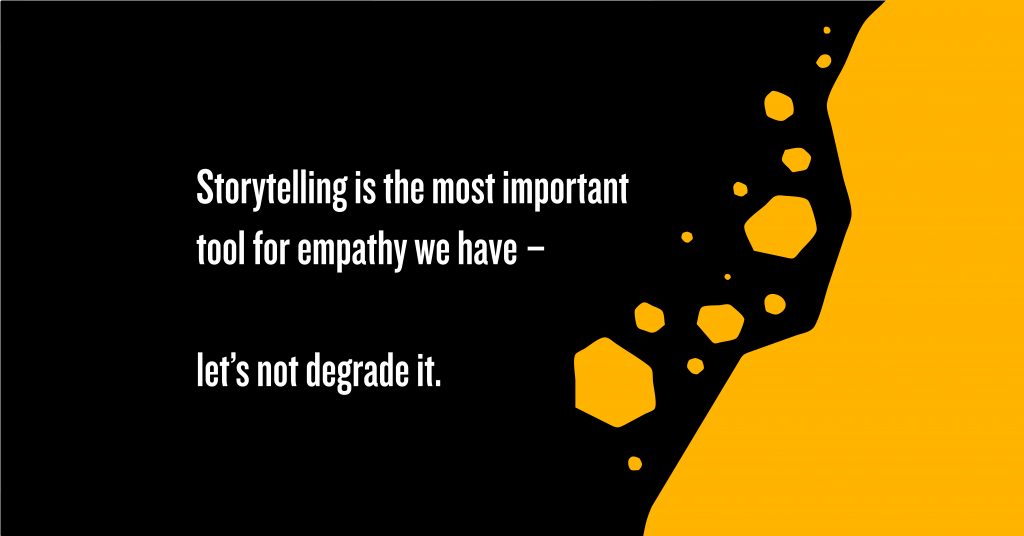We are truly living in the age of customer-centricity. Across the world, more and more organisations are waking up to the idea that only by focusing every business effort on the benefit it can bring to the customer can prosperity be achieved, and demise avoided. Here’s a pithy statistic from customer experience agency Walker to back it up: by 2020, customer experience will have overtaken price and product as the key brand differentiator. Just let that sink in – the quality of the product you sell, and the price you charge for it, are both less important than the customer experience associated with it.
It’s a global mindset shift for businesses, and it’s one that here at The Storytellers we have helped our diverse portfolio of clients with countless times. Indeed, it’s hard to think of a story that we have worked on with our clients over the last five years that has not had customer-centricity as a key element of the mindset-shift that leaders want to see. It makes complete sense: if a customer-centric business is the aim, you need employees to have a clear and unambiguous view of what that means for them. After all, it’s the employees (customer-facing or not) who will deliver that experience.
So how can businesses ensure that their leaders are just as dedicated to the employee journey, as they expect them to be to the customer journey?
Fundamentally, the starting point is to approach the employee journey with the same dedication as the customer journey. So this means focusing just as much on how key messages are communicated, understood and reinforced, as it does what the content of those messages is. User experience is a key concept in the customer experience – it stands to reason that these principles should also apply when it comes to the employee experience too.
It sounds simple, but it’s an essential point. If businesses want to deliver great customer experiences, it’s the employees who will deliver those. If businesses want employees to come on board with this new approach, leaders need to win hearts and minds in much the same way that they go about making customers love their offering. They are certainly different stakeholders with different needs – but the process of understanding, communication and engagement should be consistent for both in terms of effort and quality.
Therefore, what can we take from customer experience principles when thinking about the employee journey? How can we creatively and meticulously bring that employee journey to life?
Firstly, defining the overarching business Narrative is critical. Achieving leadership alignment around a shared strategic narrative, establishing the key goals, agreeing them at the executive level and setting tangible measures provides a solid base to work from and sets the correct expectations for everything that follows. The notion of inspiring people in the journey that a business is on is crucial – and starting with a vision of this that is aligned at the most senior level is a vital component in helping employees to think customer-centrically.
Next, just as a business would do with customers, it’s important to get a strong grasp of the Identity of the employees across the organisation. Persona research, employee surveys, focus groups – they all provide key insights that shine a light on the different kinds of people that need to be appealed to, and helps begin to answer that vital question: ‘what’s in this for me?’ Without this kind of activity, it’s much more likely that employees will see new initiatives as something that is happening to them, rather than something they are truly a part of. It’s in making this kind of listening exercise a part of the initiative from the beginning that employees will see a change in their own journey, before they embark on changing their approach to the customer journey. Again: these are UX principles that take time and effort to apply… but if you truly believe that it’s your employees who will deliver the very best experience for your customers, isn’t this something worth investing in?
Understanding the different identities in a business, and taking the time to ask people how they feel, what they want, and where the pain points are, are all key to understanding the correct Emotion to channel. It’s important to create a unified sense of emotion at the organisation-wide level of a business – but understanding the emotional journey that employees are on at the more specific persona level is much more likely to yield positive results. Better empathy and understanding is crucial to the notion of customer-centricity: a better understanding of your own employees at an emotional level is a requisite to increasing their own empathic skills when it comes to the customer. As a leader, it’s a must if you want your key messages to land – you have to be emotionally literate when it comes to your people if you want them to follow you.
Finally, once these various insights have been gathered, it is crucial to closely examine the Communication that exists within the organisation, in order to consider what the key touch points and channels will be. In terms of achieving a company-wide movement of change in support of a more customer-centric approach, this is crucial in demonstrating the kind of user-focused approach that is sought for customers. It’s not enough to just roll out a message at the leadership level through a handful of channels as a one-off activity. Consistent, tailored messaging according to the research and insights that have been gathered is far more likely to deliver a lasting mindset shift.
Understanding a business journey through these four lenses is useful on a number of levels – using them from the perspective of user experience to design the employee journey is an enormously valuable process to drive deeper engagement in an employee base.
But what happens when the situation is more complicated than this? We often see two scenarios played out.
The first is when the organisation is large, complex, diverse and across several geographies. When this is the case, we often hear of a need to reinforce the brand culture, along with the headline need to create a better customer experience. In this kind of instance, we have especially seen the benefit of engaging Executive leaders throughout the communication process. This serves a number of benefits:
- Firstly, bringing the C-suite into the design stage of a communication roll-out builds in a level of authenticity that cannot be achieved by just bringing them in at the end. Authentic, personal and emotional Executive communication sends a message to the entire organisation that the leadership are interested in a dialogue, not one-way communication.
- Secondly, this approach entails the C-suite speaking honestly and personally on the role that they play in the journey. Doing this establishes the causal relationship between the strategic narrative and the idea of ‘what this means for me’. Creating this tangible sense of what needs to happen is critical, and this needs to start with leaders accepting and speaking to their own responsibilities on this journey.
- Finally, those leaders begin to role-model the behaviours that they are looking for, especially at the next layer of leadership – communicating in a way that is personal, understanding of the audience they are speaking to, and actively living the company values.
So doubling down on the detail around communication roll-out is key when it comes to larger, more diverse organisations. Weaving in the next layer of leadership into the design process, making them a part of the solution and leveraging their insights is one way to mitigate those risks.
As businesses continue to develop their customer-centric approaches, we know that employees must be given the motivation, means and momentum to see these objectives through. In pursuit of a strong brand culture that champions great customer experiences, give your employees the same attention, focus and care as you do your customers – and you can expect them to do the same.

